
Details the colors and optical effects caused by metallic copper inclusions in this gem-quality feldspar.
Read More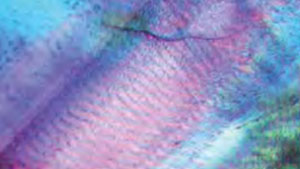
“Rainbow” andradite from Nara, Japan, occurs as relatively small orangy brown crystals that show attractive iridescence in almost the entire range of the spectrum.
Read More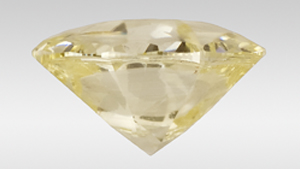
The New York lab recently examined several diamonds with an interesting variation on the cabochon.
Read More
Describes the occurrence of iridescence, and the role of differential etching, in quartz crystals from India’s Jalgaon District.
Read More
A study of these pearls to characterize their distinctive flame structure and examine the possibility of rotation during their formation or growth.
Read More
A dramatic color change is observed in a hackmanite sample with an apatite inclusion.
Read More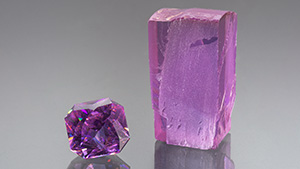
A report on the striking color-change behavior of the first faceted synthetic wakefieldite seen at GIA.
Read More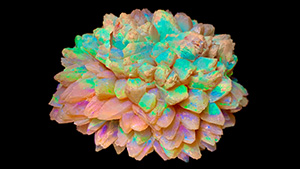
One of the finest specimens of double pseudomorph ikaite-calcite-opal ever unearthed was on display at the Pueblo Gem & Mineral Show.
Read More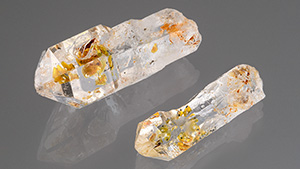
Examination of quartz from a new source in Madagascar reveals complex fluid inclusions consisting of petroleum, methane, asphaltite, and water.
Read More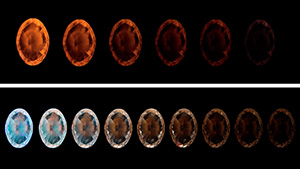
Study of phosphorescence produced from visible light suggests future difficulty in accurately assessing bodycolor of HPHT-grown diamonds.
Read More